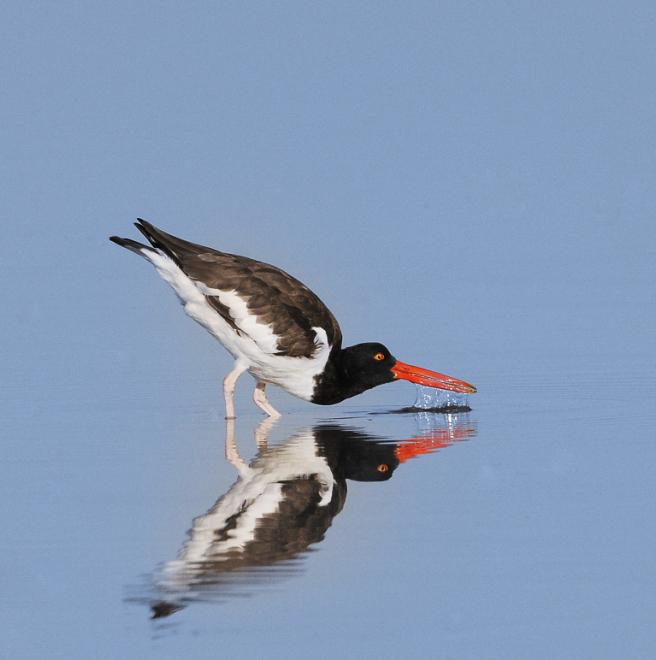

This hulking shorebird is restricted to beaches and salt marshes in the immediate vicinity of ocean shores. The species is partially migratory, with many individuals moving north along the coast in spring to breed. The most striking aspect of Audubon's climate model concerns the winter range, forecasting overall loss of suitable climate space, but also projecting extensive colonization of the southwestern U.S., Atlantic Canada and, even more remarkably, the eastern Great Lakes. Given the American Oystercatcher’s specialized diet of bivalves and other marine invertebrates, either it or its food source would have to rapidly adapt to newly created areas of suitable climate in the eastern Great Lakes.
Are the projected range maps different from the range maps in field guides? Find the answer here.
Explore more birds threatened by climate change around the country.





















It's easier than you think to make a difference. Become an Audubon member today to help birds facing climate change.